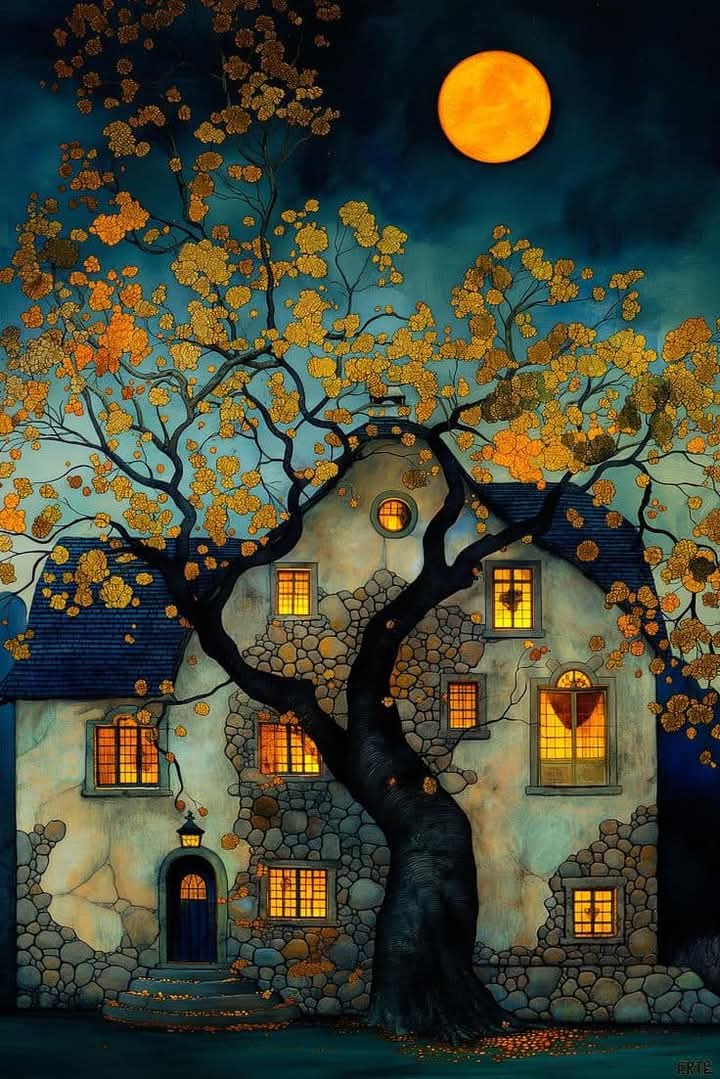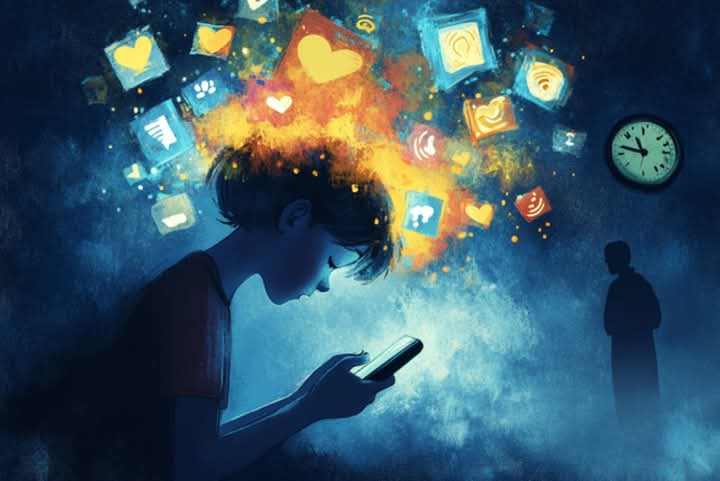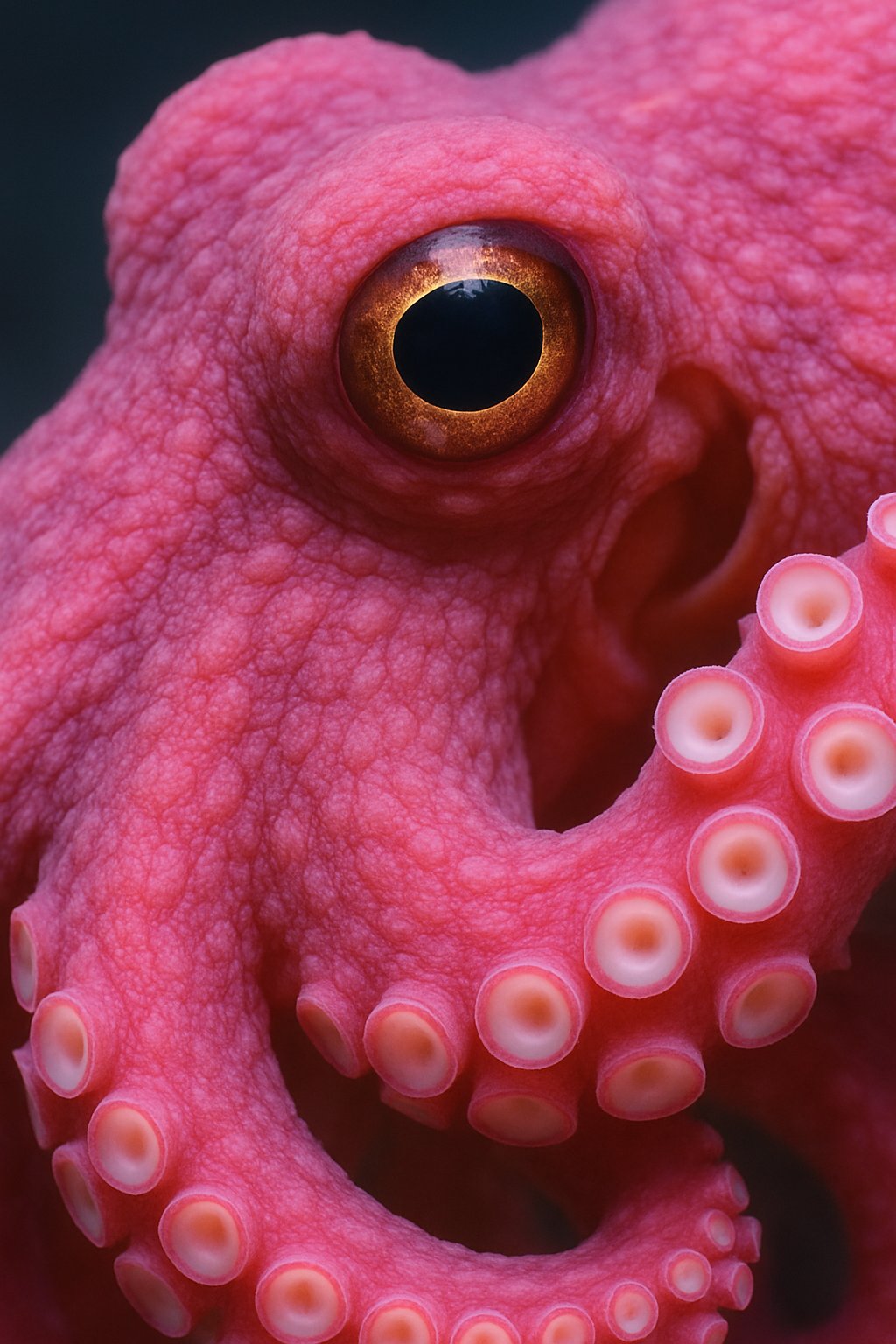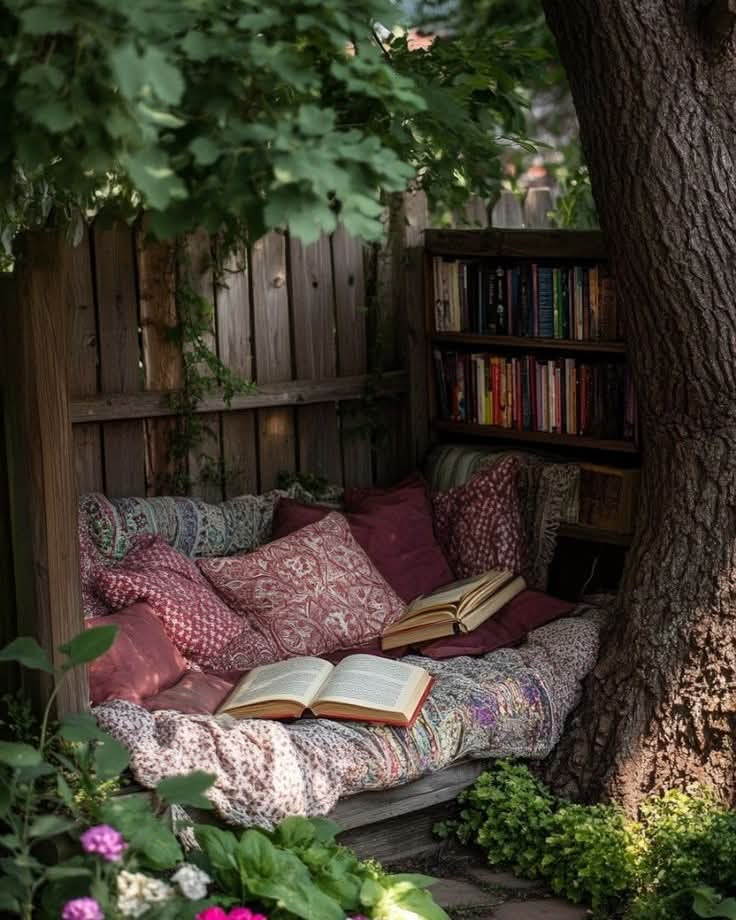Juan Brufal is a digital artist from Buenos Aires whose work lives at the vibrant intersection of psychological exploration, surrealism, and technology. Deeply rooted in the rich artistic tradition of Argentina yet unmistakably global in vision, Brufal’s creations navigate the edges of consciousness, memory, and perception. His digital art is not just a visual experience but a contemplative journey, often inviting viewers into a layered space where dream logic and philosophical inquiry overlap.
Brufal’s background in both visual arts and psychology is evident in the themes he chooses and the methods he employs. Unlike traditional painters or photographers, his tools are almost entirely digital—employing software to sculpt, layer, distort, and reassemble visual elements into compositions that are often enigmatic, sometimes unsettling, and always emotionally resonant. His aesthetic leans into textures that evoke both organic decay and cybernetic sheen, frequently blending anatomical imagery with geometric forms, glitch patterns, and symbolic motifs. Through these juxtapositions, Brufal explores how technology alters human perception and the inner life.
At the heart of Brufal’s digital work is a fascination with the unconscious—what Carl Jung might call “the shadow”—and how our inner landscapes can be visualized. Many of his pieces resemble dreamscapes or psychological portraits, populated with eyes, fragments of faces, contorted figures, or elements of nature fused with machine-like structures. The result is a kind of digital psychogeography, a map of emotion and thought made visible through light, form, and distortion. There’s often a sense of surveillance or self-witnessing in his compositions, as if the viewer has stumbled upon an interior monologue midstream.
What sets Brufal apart from many digital artists is his refusal to idealize technology. Instead, he uses digital tools to question our dependence on them, to reflect on how screens, code, and algorithms have become filters for our relationships, memories, and even our identities. In some of his series, figures appear to be dissolving into pixels or corrupted by data, suggesting the fragility of the human self in the face of technological saturation. But his vision isn’t wholly dystopian—there’s also a kind of dark beauty, a recognition that even in fragmentation there is pattern and meaning.
Brufal often draws from philosophical and literary sources, sometimes incorporating snippets of text, quotes, or invented glyphs into his artwork. His pieces can feel like visual koans—provocative puzzles meant not to be solved, but to be felt, turned over, and meditated upon. This connection to the poetic gives his digital work a tactile emotional charge, as though it were not only made with software but also soaked in lived experience, in memory, in unresolved longing.
The influence of Buenos Aires can be subtly felt throughout his work. The city’s mood—its melancholic tangos, its politically charged history, its architectural mix of neoclassical decay and modern sprawl—seeps into Brufal’s visual language. There’s a tension between beauty and disintegration, between connection and isolation, that echoes the city’s soul. He is part of a wider movement of Latin American digital artists who use their work to reclaim space in global dialogues, bringing a uniquely South American lens to contemporary concerns about identity, data, and alienation.
As the digital art world continues to grow, fueled by NFT culture and virtual galleries, Brufal remains grounded in the emotional and symbolic power of the image. He does not chase trends but instead mines his own unconscious, using pixels the way a sculptor uses clay—shaping them into meditations on being, on loss, and on the blurred edges between the real and the virtual. His work challenges viewers to slow down, to look more deeply, and to reflect on what it means to be human in a digital age.
Juan Brufal’s art is not simply seen—it is experienced, pondered, and remembered. It leaves a residue of emotion and curiosity, like a half-remembered dream or a song whose melody stays long after the lyrics fade.
|
|







